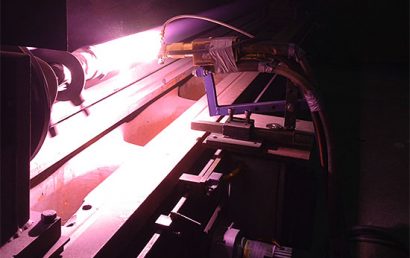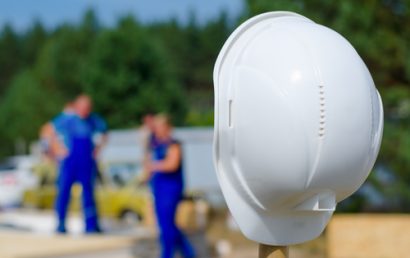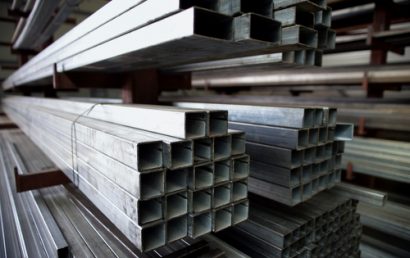5 Types Of Coatings For Gas Turbine Blades
Gas turbine blades operate under extreme conditions, including high temperatures, pressure, and exposure to corrosive gases. Various types of coatings are applied to these critical components to maintain their performance and prevent premature failure. These coatings enhance the durability, efficiency, and longevity of gas turbine blades, ensuring they can withstand the demanding environments they face.
Thermal Barrier Coatings (TBCs)
One of the most widely used types of coatings for gas turbine blades is thermal barrier coatings (TBCs). These coatings are designed to protect the blades from the extreme temperatures generated during turbine operation. TBCs act as an insulating layer, reducing the amount of heat transferred to the blade substrate.
Manufacturers typically make TBCs from ceramic materials, such as yttria-stabilized zirconia, which have high thermal resistance and low thermal conductivity. By applying a TBC, turbine blades can operate at higher temperatures without suffering from thermal fatigue, extending their lifespan and improving overall efficiency.
Types Of Coatings: Oxidation-Resistant
Another essential type of coating for gas turbine blades is oxidation-resistant coatings. During operation, turbine blades are exposed to oxygen at high temperatures, which can lead to oxidation and degradation of the metal surfaces. Oxidation-resistant coatings create a protective barrier that prevents the metal from reacting with oxygen, thus minimizing corrosion and reducing the risk of blade failure.
Corrosion-Resistant Coatings
Corrosion is a significant concern for gas turbine blades, especially when exposed to high levels of moisture, sulfur, or other corrosive elements present in the fuel or air. Engineers specifically design types of coatings that are corrosion-resistant to protect blades from chemical attacks, extending their operational life.
These coatings typically include materials like MCrAlY alloys, where M stands for metals like cobalt or nickel. They offer strong protection against oxidation and corrosion. By applying corrosion-resistant coatings, gas turbine blades can maintain their structural integrity and performance over time, even in challenging environments.
Types Of Coatings: Abradable
Abradable coatings are another important type used on gas turbine blades. These coatings are applied to parts of the engine where precise clearances are required, such as the tips of turbine blades. Abradable coatings allow minimal contact between the blade and the casing. They do not cause significant wear or damage to either component.
Manufacturers make these coatings from materials that gently wear away when in contact with moving parts, allowing for closer tolerances and improving turbine efficiency. By using abradable coatings, turbine blades can operate with greater precision, reducing energy losses and enhancing performance.
Erosion-Resistant Coatings
Gas turbine blades are exposed to particles like sand and dust, which can lead to erosion. Erosion-resistant coatings protect the blades from this wear, maintaining their condition.
These coatings are typically made from hard, wear-resistant materials like tungsten carbide or chromium carbide. Erosion-resistant coatings help minimize surface damage caused by airborne particles. This prolongs the life of turbine blades and reduces the need for costly repairs or replacements.
Enhancing Gas Turbine Blade Performance
We offer a range of coating solutions specifically designed for gas turbine blades. Our coatings are tailored to meet the unique needs of your equipment, providing protection against heat, corrosion, oxidation, and erosion. Whether you need thermal barrier coatings or erosion-resistant solutions, we have the expertise to ensure your gas turbine blades remain durable and efficient.
Contact us today to learn more about how our specialized coatings can improve the performance and longevity of your gas turbine components. Our team is ready to help you select the right type of coating for your specific application.



